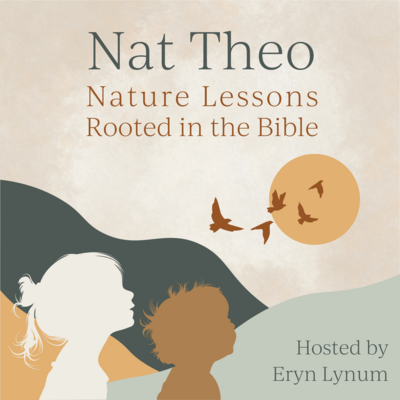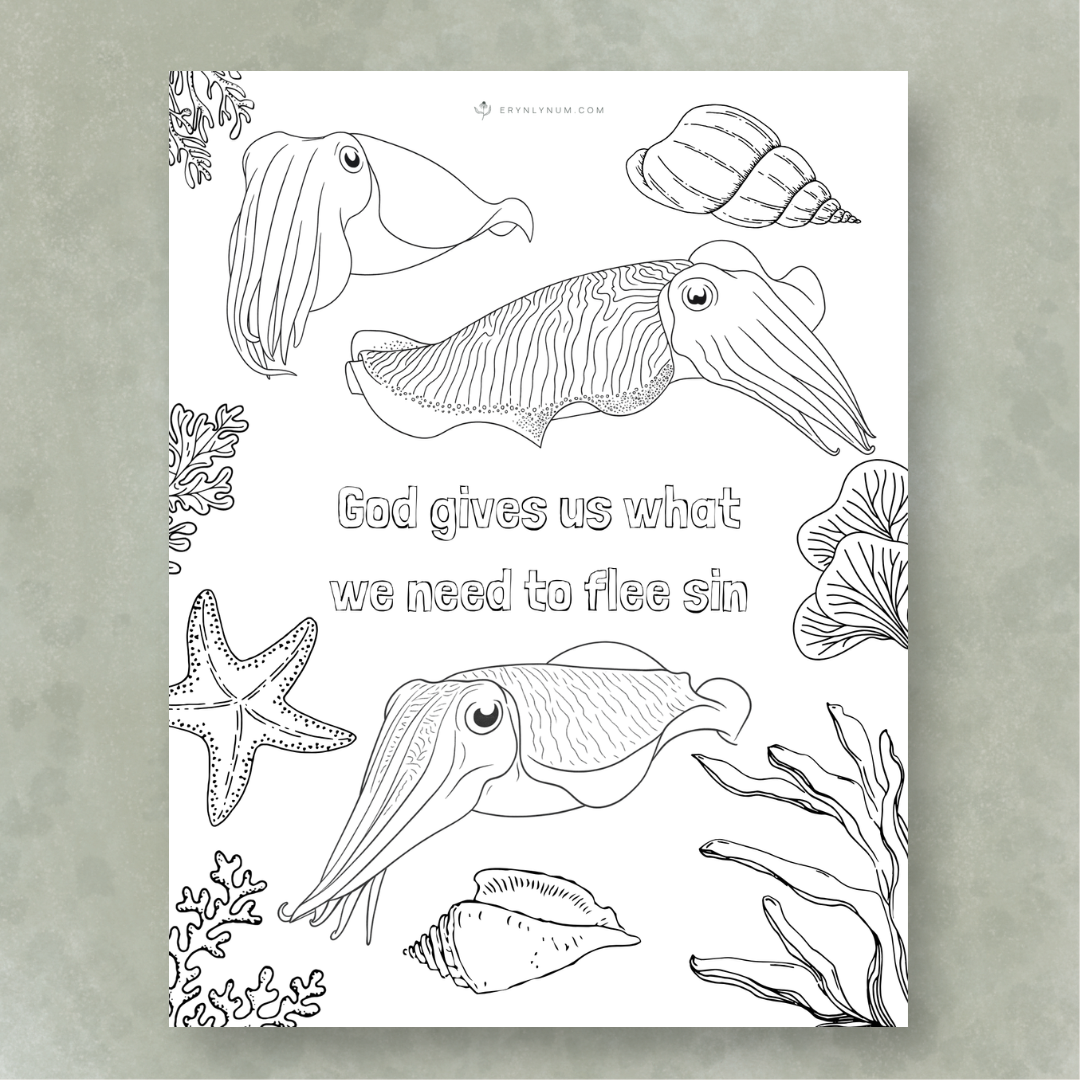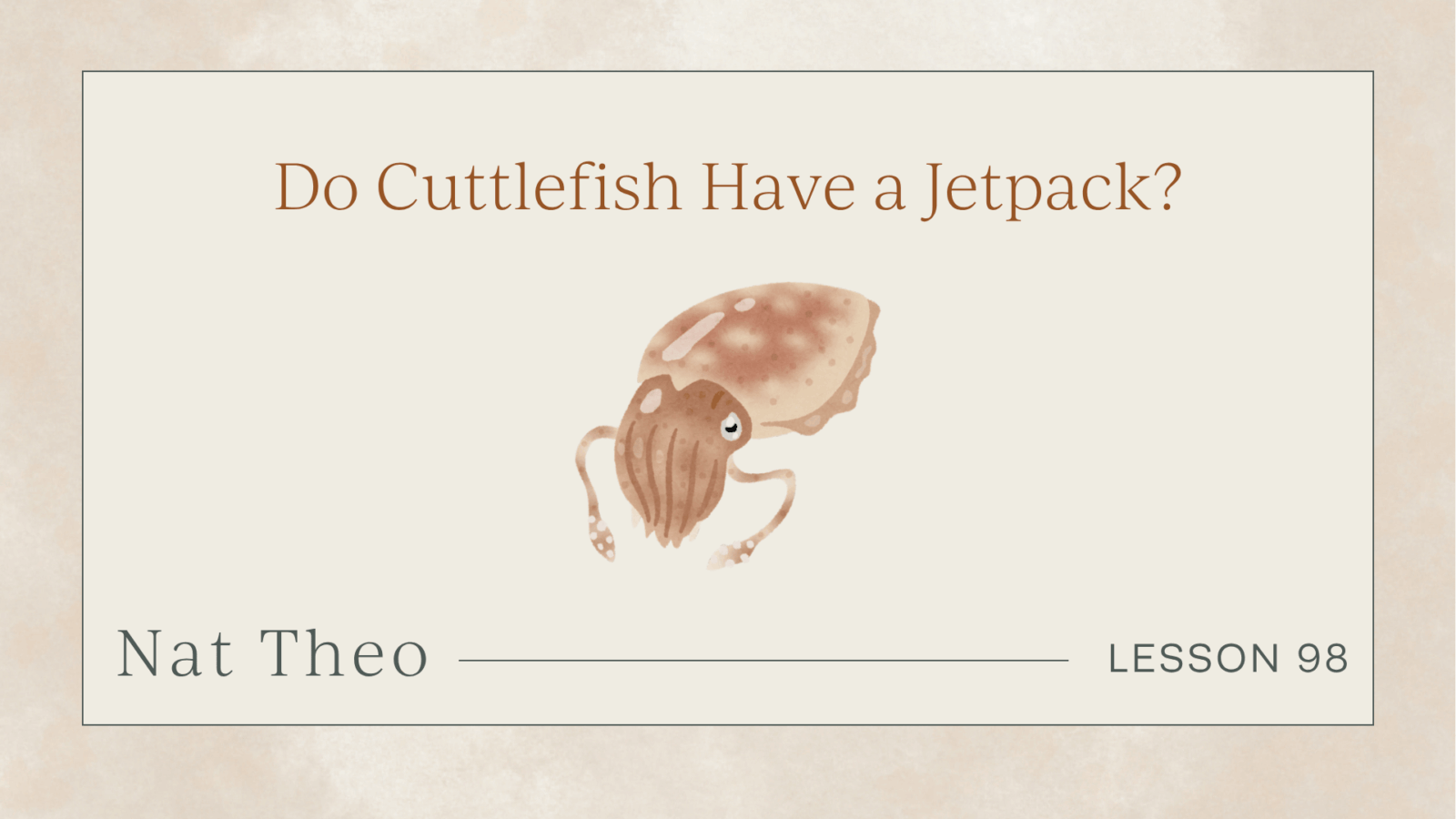Cuttlefish Facts for Kids
The Nature of Rest
What the Bible and Creation Teach Us About Sabbath Living
Intentional Parenting
Nature Studies
Apologetics
Adventure
Free Resource
Entrepreneurship
Homeschooling
Faith
Books
Categories
Master Naturalist, Bible teacher, author, wife, and mama of four! Join our adventures of discovering God while adventuring in creation.
I'm Eryn
Hey there!


Listen Now






Order now


Cuttlefish Facts Coloring Sheet
Learning about cuttlefish facts is made possible by: Apologia curriculum. Explore all Apologia’s award-winning courses and curriculum that always teach from a biblical worldview.


Cuttlefish Facts for Kids
Have you ever seen a cuddly fish? It’s hard to imagine cuddling a fish because they live their lives in the water and for the most part, should not be taken out of the water. So what’s the deal with the creature we’re learning about today…the cuttlefish?
Last year my family and I visited the Seattle aquarium in the state of Washington. We were wowed by the huge aquariums full of brightly colored fish, jellyfish, sharks, seahorses, and all kinds of underwater creatures. But what I was most in awe of was a small little aquarium with strange and fascinating creatures.
They were smaller than my hand and swam in place, not moving much back or forth. One was at the glass, as if it was watching me as I watched it. It had short little arms swaying out in front of its body, almost as if it was waving at me and my daughter. It didn’t have fins like you’d see on fish, but instead something that looked like a thin, fragile skirt running around its body and rippling in movement, like a ribbon.
I stayed and watched these creatures for quite a while. I had recently learned what they were and now had the chance to see one up close. What I was watching were cuttlefish—which, as we will discover, are not fish at all, and really shouldn’t be cuddled.
Is a Cuttlefish a Fish?
Something we should understand right away is that, despite its name, a cuttlefish is not a fish at all.
If we were to place all animals into a big box, that box would have smaller compartments—like a tackle box or bead box. Our big box of animals is called a kingdom: the animal kingdom. Inside are smaller sections called phylums. Cuttlefish belong to the mollusk phylum along with snails, slugs, clams, oysters, mussels, scallops, squid, octopuses, and nautiluses.
Mollusks are animals with soft bodies. Some have shells for protection. Some crawl on one big foot (like snails), some have two shells that open and shut (like clams), and some swim using arms and jets (like squids and octopuses).
Inside that mollusk section is an even smaller class called cephalopods: squid, octopus, nautilus, and cuttlefish. The nautilus is the only cephalopod with an outer shell. The octopus, squid, and cuttlefish have soft bodies without an outer shell.
God didn’t make these categories—people did to help us study—but as we learn about them, we see God’s artistic style in creation.
So what makes cuttlefish unique? Their eye pupils are shaped like a wavy W. Cuttlefish can also change colors even better than octopus, displaying amazing colors and patterns, and they move in a unique, graceful way—often hovering and gliding with little fins that ripple along their bodies. One thing that helps them do this is called a cuttlebone, which is special to cuttlefish. No other animal that has been discovered has a cuttlebone.
Is a Cuttlefish Cuddly?
The cuttlebone is where cuttlefish get their name. Cuttle is spelled with Ts, not Ds. So cuttlefish are not cuddly fish, and as we learned, not fish at all. They are cephalopods with something called a cuttlebone.
The cuttlebone is actually a shell, not a bone, and it’s inside the body. It’s made mostly of calcium carbonate. A special organ called the mantle takes in calcium carbonate from seawater and uses it to create this internal shell.
The cuttlebone has lots of tiny chambers inside that can hold either gas or liquid. When the cuttlefish wants to float up, it pumps liquid out so gas can fill the chambers and make it lighter. When it wants to sink down, it lets liquid back in, which pushes out the gas and makes it heavier. This is one way cuttlefish move up or down in the water.
Do Cuttlefish Have a Jetpack?
What happens when danger lurks—like a shark, large fish, dolphin, or whale? Slow, graceful hovering won’t help then. God designed cuttlefish with a quick get-away method similar to other cephalopods.
All cephalopods have a siphon, like a hose. In cuttlefish it’s called a hyponome. The hyponome can:
- Shoot out a cloud of ink when threatened
- Blow water over the sand to uncover shrimp, which cuttlefish love to eat
- Work like a water-powered jetpack for a fast escape
Think of those water jetpacks you might see in videos. Cuttlefish don’t fly above the water, but they do forcefully jet water through the hyponome, which propels their bodies quickly in the opposite direction. So while cuttlefish are known for slow, graceful movement, they can also make a quick getaway when they need to.
How Can We Make a Quick Getaway From Danger?
Like a cuttlefish, we sometimes need to make a quick getaway—not from a predator in the sea, but from the dangers of sin and temptation.
2 Timothy 2:22 says,
“But run away from the evil desires of youth. Try hard to live right and to have faith, love, and peace, together with those who trust in the Lord from pure hearts.”
Joseph did this in Genesis 39. He literally fled from temptation. We can too. 1 Corinthians 10:13b promises:
“But you can trust God, who will not permit you to be tempted more than you can stand. But when you are tempted, he will also give you a way to escape so that you will be able to stand it.”
And as we practice fleeing temptation, the enemy starts fleeing from us. James 4:7 says,
“So give yourselves completely to God. Stand against the devil, and the devil will run from you.”
When you think of a cuttlefish, remember its W-shaped pupils, gas-and-liquid cuttlebone, and hyponome jetpack—and remember that God gives you what you need to flee danger and live in his safety.


learn more
Raising kids stirs something deep in our souls — an innate knowing that our time is finite. Taking my kids outside in creation, I’m discovering how to stretch our time and pack it to the brim with meaning. God’s creativity provides the riches of resources for teaching the next generation who He is and how He loves us. Join our adventure and discover inspiration and resources for refusing rush, creating habits of rest, living intentionally, and making the most of this beautiful life!
I'm Eryn, Master Naturalist, Author, & Bible Teacher
Hey there!


Receive free inspirational resources for refusing rush, creating habits of rest, parenting with intentionality, and teaching our kids who God is through what He has made!
Inspired
Be
Brand + Website by Amarie Lael Design | TERMS & CONDITIONS + PRIVACY POLICY | Copyright 2011 - 2025 Eryn Lynum
Contact
Speaking & media
About
Books
Shop
Videos & Interviews
Email List
Stories
Free Downloads
Resources
Home
@erynlynumauthor


The Nature of Rest
What the Bible and Creation Teach Us About Sabbath Living
Now Available!
Order
X
Signed Copy
Add a Comment